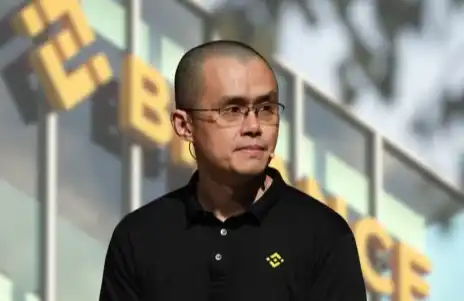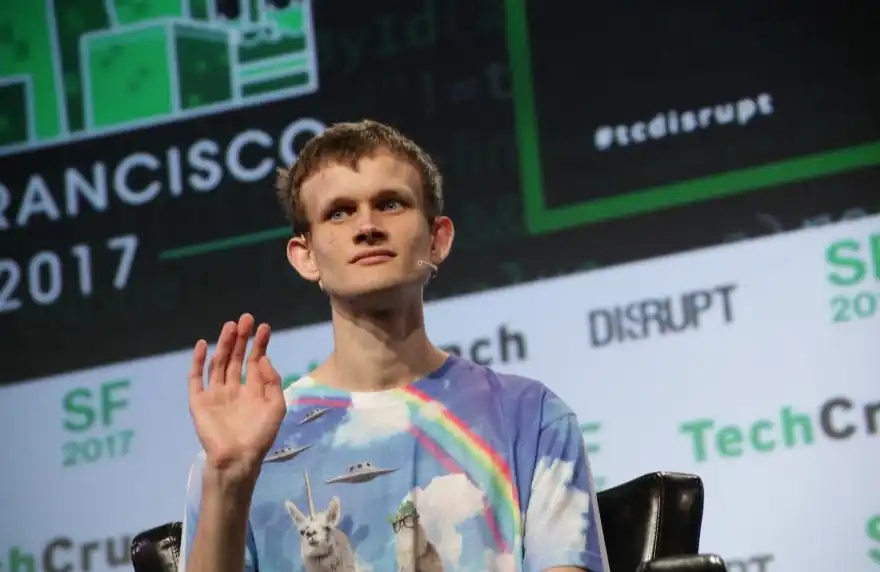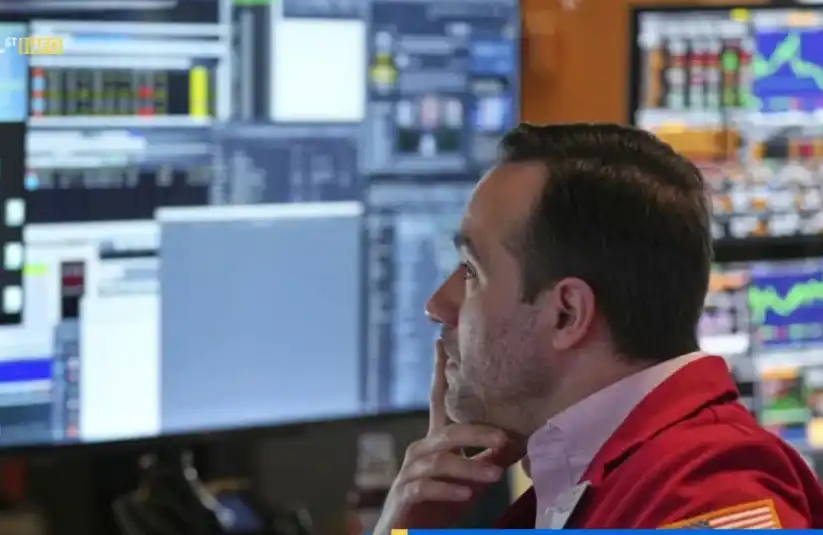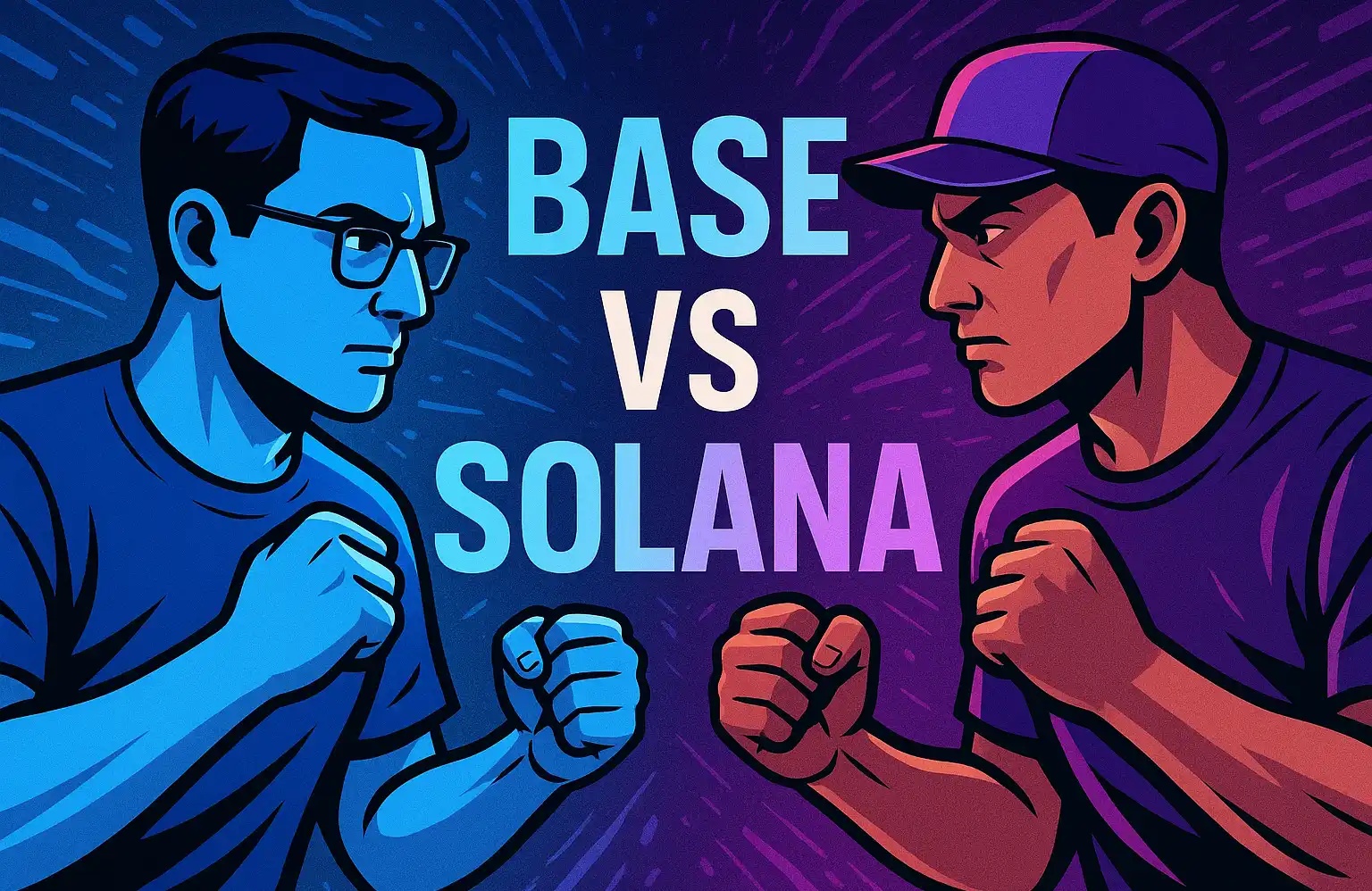Base Protocol's "Content Coinomics," Why Did Solana React So Much?
In February 2025, the social platform Zora of the Base ecosystem launched the "COIN" feature, and in the following months, the Base team actively promoted the concept of "Content Coin," starting from "Base for everyone" to many tokens that later disappeared from the market after a brief period of hype, with few discussions in the market.
It wasn't until the recent massive price surge of $ZORA that more and more people started paying attention and discussing it. Researcher DelComplex retweeted a community member's praise for ZORA and sarcastically remarked, "Any low-liquidity token with an exponentially increasing price curve is garbage, whether you call it a creator coin, culture token, internet capital market, music token,"
This sparked a discussion among Base's founder, Jesse Pollak, who then attempted to explain the differences between "Creator Coin," "Content Coin," and "Meme Coin" in the subsequent discussion. Solana co-founder Anatoly Yakovenko also joined the discussion, scoffing at Jesse's "content fundamentals" viewpoint. Their heated debate triggered a community discussion on the "fundamental value of content and speculative frenzy."

Source: BOLD
In fact, this discussion has continued from the NFT craze period to the present but has never reached a conclusion, with the narrative shifting from "blue-chip NFTs" and "meme NFTs" to the current "content coins" and "meme coins." This article will combine various market perspectives with available data and research to analyze the truth behind them.
Does Content Coin Have Intrinsic Value?
From an economic perspective, intrinsic value often refers to assets that can provide cash flow, utility, or long-term benefits. In the stock market, this measurement is quite common as the business revenue of a company's stock you purchase is more closely related to its stock price. Before this year's "compliance" trend in the cryptocurrency industry, few discussions revolved around this standard as most cryptocurrencies did not have an actual business line.

When Jesse raised the discussion, he repeatedly emphasized the term "Fundamentals Matter," suggesting that "Content" has its intrinsic value. However, after listening to Jesse's response, Toly stated that his argument "sounds like zero fundamentals." He believes that creators rely entirely on personal reputation and social popularity to support prices, causing these tokens to be marketed as one-time "pump and dump." If a token truly has intrinsic value, then even if the creator sells, the token's value should not be affected because intrinsic value should be independent of buying and selling actions. This reliance on popularity is different from assets with real output or cash flow, making it challenging to be called "fundamental investing."
Most content coins are no different from memecoins, lacking sustainable revenue or equity, with their value entirely dependent on the creator or community to maintain popularity, easily swayed by emotions and traffic leading to massive price fluctuations or even to zero. Toly even bluntly states that Coinbase should use transaction fees to buy those zeroed-out coins on Zora because they are trading below their "content base."

But Jesse's viewpoint may not be unfounded. The fundamentals he discusses may not be effects brought by individual tokens (at least not in their current state), but rather a model established after building a mature distribution system and copyright economy. Most content coins are essentially short-term collectibles or gamified products, and true "creator fundamentals" need to rely on a large user base, continuous attention, and fair revenue distribution, which require time and infrastructure development.

On this note, Base's ecosystem lead had already provided his viewpoint months ago, which aligns to a large extent with Base's values. He believes that whether it's the consensus prediction market on quantified "rumors/news" like polymarket that the market was discussing a while back or quantified "attention/content" markets like Kaito (quantifying attention/importance), or even the "content domain," they can all be carried by the blockchain and should be supported rather than attacked.
KOL @WagmiAlexander wrote an article on this topic titled "Why Do I Find Zora So Interesting?." He believes the core of the attention market lies in creators and curators attracting users through free content production and dissemination, while users contribute their attention for free. This attention is ultimately sold by the platform to advertisers for monetization. Facebook (3B MAU, $1T market cap, $164B annual revenue), YouTube (2.7B MAU, $500B valuation, $500B annual revenue), and TikTok (1.6B MAU, $300B valuation, $230B annual revenue) are almost entirely built on extracting value from users and creators, with valuations and revenue scales far exceeding the crypto industry. Even if capturing only a small part of their market, it would significantly expand the on-chain economy, presenting a trillion-dollar opportunity for decentralized social platforms to disrupt and compete.

Zora Flywheel Architecture, Source: @WagmiAlexander
However, the market has seen similar products appear before, where a token's meteoric rise is followed by a concept that fails to sustain, disappearing from the market. As of July 2025, Zora has processed over 100 million transactions, reaching a recent market cap of 1 billion. Yet, its active address count is only 250,000, with a daily active address of about 37,000.

Zora On-Chain Data, Source: DUNE
There are 3.5 million contracts deployed on the Zora blockchain, with 1.5 million of them being "content coin" contracts from Zora App. However, the top 5 tokens by transaction volume have consistently held over 60% of the market share, reaching a new low on July 27 when $ZORA hit a new all-time high (with over 500k in volume). The ecosystem has finally seen other content tokens benefit from the "breaking the circle" effect, but in a sense, Zora's "graduation rate" is even lower than that of Pumpfun.

Left: Top 50 Token Market Cap, Right: Share of Top Five Tokens in Total Market Cap, Source: DUNE
Despite significant recent growth in data, Zora's scale still lags far behind mainstream social media. The majority of the tens of thousands of daily active users on Zora are participants from the crypto community, lacking mass distribution channels. Data comparisons show that Zora's user base and stickiness are far from those of influential social platforms. The establishment of "creator fundamentals" requires a massive user base and sustained attention, which is the bottleneck that Zora and the content coin ecosystem currently face, as at this stage, its "fundamentals" are not yet solid enough.

Source: BlockBeats
Despite ongoing criticisms, on-chain content economics still present unique opportunities. Firstly, the transparent revenue-sharing mechanism on-chain can automatically distribute earnings to creators, partners, and community members through smart contracts, reducing platform cuts and boosting creator income. Taking Zora as an example, data shows that 54% of platform revenue is directly allocated to creators. In Web2 IP monetization, the need for a complex channel is always present. The issuance of personal tokens or exclusive content coins can not only establish a closer economic bond with fans but also enable direct fundraising for creative projects.
However, this also requires clearer governance and tokenomics design; otherwise, it may easily touch upon the legal risk of unregistered securities. In the long run, building a decentralized social platform with a social graph and content discovery algorithm is the key to forming a true on-chain content ecosystem. Currently, platforms like Zora have shortcomings in distribution capabilities. Mable Jiang, the founder of the social protocol Trend, mentioned in the discussion that she understands Jesse's original intention and also agrees with Toly's criticism. Just recently, she released a product similar to Zora called Trend on Solana, pointing out several key points:
Most content holds no value. In today's world where generative AI can create content at almost zero cost, the vast majority of content lacks scarcity and lasting value. Many trending posts, even when posted by well-known IPs, receive no traction.
The lack of distribution and social graph makes content on Zora hard to discover and monetize.
Some content does hold commemorative value, such as documenting historical events or artistic moments, and tokens representing such content may have lasting "weight". However, this is the minority, and most content tokens do not see transactions, which is a significant reason for the lack of value in most content tokens.
The Proof of the Pudding Is in the Eating – Does Blockchain Have a Creator Economy?
Original poster sterlingcrispin mentioned in further discussion with Jesse about the incentives for content creation and distribution issues. He stated that "through binary buy/sell decisions and market interactions, buyers and sellers can express their belief in the asset's value at any time, but this may not be the best way to express their belief in the value of content creators".
He further expressed, "The second-order effects and human behavior of the past decade show that this mechanism often evolves into a highly destructive zero-sum PvP game. Especially in low liquidity scenarios and AMMs utilizing exponential bonding curves, they are suitable for large-scale mature markets with tens of millions or hundreds of millions in liquidity, not small creator scenes. Most tokens in the market are essentially 'shitcoins.' Merely focusing on paper-theoretical returns is idealistic thinking from an ivory tower. The real issue is having to confront real human behavior."

Fluctuation chart of the top 1000 ERC20 tokens with the highest trading volume in AMMs; the chart shows the part with the highest market value fluctuation (darker shades indicating higher fluctuation) decreasing in market value (the chart is considered by the author to be a piece of realistic art for the crypto industry traders). Source: Sterlingcrispin
The founder of the well-known NFT project Azuki, Zagabond, commented on the matter, saying, "When someone points out that certain tokens lack intrinsic value, we should not get angry. It's okay because in many industries, cultural/perceived value is already more valuable than intrinsic value, such as luxury brands, intellectual property/collectibles, meme coins, art, and so on. Tokenization is just capturing the financial infrastructure of this value."
It seems that no one has more authority on this matter than Azuki. In fact, although the community criticized its multiple "Azuki Subseries" releases for causing its price to collapse (before the NFT bull market faded), Azuki never stopped exploring the IP path of NFTs. Unlike the physicality of the penguin entity and BAYC's game, Azuki chose the most challenging path—animation.

Azuki Animation, Source: Azuki Official Youtube
In Japan, Azuki's animation production is actually of quite high quality, reaching a level of breakout at one point. Coupled with collaborations with many IP derivative brands that are still striving today, after going through a large circle of IP construction, these "fundamentals" did not save Azuki's floor price. Without the support of business logic, sometimes value may be a more elusive thing, but users can actually touch the price.

Azuki Mahjong, Source: FrameBeans
In a sense, this is actually a "destruction" of the creator's creation. Some in the community bluntly say that this model will make creators more inclined to "appease" token buyers rather than focus on the creation itself. Brookejlacey, who has 300,000 TikTok followers, mentioned the confusion she encountered while playing BaseApp about the idea of making money with BaseApp, which has recently been frequently seen on Twitter streams and is actually achieved through "being tipped" and "tokenization like Zora."
As a TikTok creator, Brooke mentioned that she earned $65 by posting videos on Women in Web3 on BaseApp, "But that is not income paid to me like a creator; it is the result of me selling tokens. My wallet balance peaked at about $185, but as people started selling off, I could only withdraw $65 before the liquidity pool was drained. Is that supporting me? They are not tipping me but hyping a token bearing my name. And to get the money, I have to personally 'dump the price.'"

In fact, for creators, products with such reward mechanisms are like a "Pandora's Box," where on one hand, there is their "creative credit," and on the other hand, there is "income" that can fluctuate by tens of percentage points or even tens of times. Traditional centralized social media platforms have long extended a mature creator ecosystem. Taking X, which is most familiar to Crypto users, as an example, starting in November 2024, X also began sharing 25% of the platform's Premium member revenue. Some mid-level influencers can earn hundreds of dollars each month, while a few top-tier users can earn thousands of dollars. In comparison, X's incentives are more sustainable and stable, which may be more attractive to long-term creators. So, how will creators and their ecosystems choose?

Source: BlockBeats of ChainNews
Content Value and Luxury Effect — Solana's Revisionism
Just as Toly proclaimed, "Memecoins and NFTs are both digital garbage with no intrinsic value. They are like loot boxes in mobile games. People spend $150 billion on mobile games each year." He emphasized that the value of these assets is not determined by the so-called "content itself" but rather similar to in-game loot boxes, where players pay to receive random rewards, a gameplay mechanism criticized for encouraging addictive consumption. In Crypto, the "random reward" is determined by market trading and liquidity provided by market makers.
Renowned KOL @thecryptoskanda quickly grasped Toly's idea, stating, "Superficially, he criticizes Meme and NFT as digital garbage, but in reality, he acknowledges that Solana relies on speculation and on-chain liquidity, with the value determined by AMM market pricing. The core logic is still gambling rather than any so-called fundamental content. Toly is no longer telling a Silicon Valley-style 'content value story' but is focusing on finding a more solid holding logic for SOL than just the Meme market, namely, maintaining demand through on-chain market-making. Solana has entered a revisionist phase."

Over 80% of Solana's trading volume is driven by Memecoins, Source: DUNE

The top 10 (even 20) earners in the Solana ecosystem are almost entirely dominated by Memecoin projects, source: Defillma
Despite the deeply ingrained "casino concept" in Solana, it has brought its own set of challenges. The market sees an average addition of 20,000 to 30,000 new tokens daily, making it increasingly difficult to capture attention as the overall market value of these Memecoins continues to fluctuate. @thecryptoskanda further analyzes, suggesting that Solana is adopting a shift strategy. Initially, they partnered with the OG community and internal forces to suppress the constant selling of SOL by Pump.fun and attempted to establish a more controllable, long-term stable whale system (LetsBonk). This move aims to avoid the uncontrollable "public casino ship" driven by market sentiment. Additionally, through partnerships like CoinShares with Kraken, they aim to transition speculative positions from old platforms to new sub-platforms, allowing a small group to continue to benefit from "get-rich-quick opportunities," stabilizing the majority of users and maintaining financial stability within the SOL ecosystem.

Daily token deployment ratio on major Solana launch platforms, source: Dune
However, the shift strategy has not been without its challenges. Both internally and externally, significant bottlenecks have been encountered. While smoothly internalizing the BONK team, a team that will continue to contribute to the ecosystem, pushing their market share beyond Pumpfun, this was merely a stopgap measure. Their positioning is still within Memecoins. The true meaning of launching sub-platforms should have been in terms of the recent mentions of "ICM" and the "CoinShares concept," which have fallen short of expectations. ICM's flagship platform, Believe, has seen a continuous decline in market share, with the emergence of several "SCAM startups," leading the market to perceive them as mere variants of Memecoins.

Market share of launch platforms, source: Dune
Even the concept of on-chain equities stirred discussions only in its initial days of deployment, with very few actual participants. Over the past week, the total number of participants across all on-chain equities amounts to just over a thousand addresses. The total trading volume has only accumulated to over 75 million USD in nearly a month.

xStock Exchange Address Count, Source: Dune
Moreover, @thecryptoskanda also mentioned that the biggest competitor to Solana is not Base but Binance. He believes that Binance is a USDT-based casino, while Solana is an SOL-based casino, and the two are in direct competition. Binance absorbs SOL liquidity through mechanisms like Alpha and also rejects Solana meme coin listings on spot/contract, forcing Solana to accelerate the construction of its own order book.

Source: Defillma
Internal troubles on one side, external threats on the other. With more and more tokenized equity companies and ETFs choosing deep on-chain exposure to Solana as reserves, one side is the interest income as a financial product, and the other side is to maintain the "basic" price of the coin. Whichever it may be, Solana has reached a fork in the road where it needs to accelerate finding a way out.
They are not arguing about the fundamental value of content and Memecoins, but rather the fundamental value of Crypto at the current stage
The debate between Base and Solana co-founders regarding "content coins" reflects the clash of two ideologies in the crypto space. One side aims to capture the value of the attention economy through tokenization, providing creators with new sources of income; the other side is wary of speculation and marketing gimmicks, believing that tokens lacking cash flow and utility are hard to consider as "fundamental investments."
From existing data and academic research, most content coins and meme coins exhibit strong Veblen commodity characteristics, where their value depends on social identity and emotional overflow rather than intrinsic returns. Platforms like Zora have iterated on the way online content is traded, but their user base is orders of magnitude smaller than mainstream social platforms, and the ecosystem remains confined within the crypto community. Therefore, the fundamental aspects of content are still largely a vision, needing solutions to various issues such as "attraction and massive retention," "IP rights and acceptance by ecosystem merchants," and "defining regulatory frameworks."
In these nascent conditions, both Content Coins and Meme Coins remain primarily speculative or collectibles, with their sentiment overflow akin to luxury goods or streetwear. For creators, exploring on-chain tools to build a community economy is understandable, but still requires a grasp of scarcity, value proposition, and long-term reputation to avoid becoming a fleeting traffic game.
In this era, content supply is infinite, but attention is scarce.
Welcome to join the official BlockBeats community:
Telegram Subscription Group: https://t.me/theblockbeats
Telegram Discussion Group: https://t.me/BlockBeats_App
Official Twitter Account: https://twitter.com/BlockBeatsAsia
 Forum
Forum OPRR
OPRR Finance
Finance
 Specials
Specials
 On-chain Eco
On-chain Eco
 Entry
Entry
 Podcasts
Podcasts
 Activities
Activities









